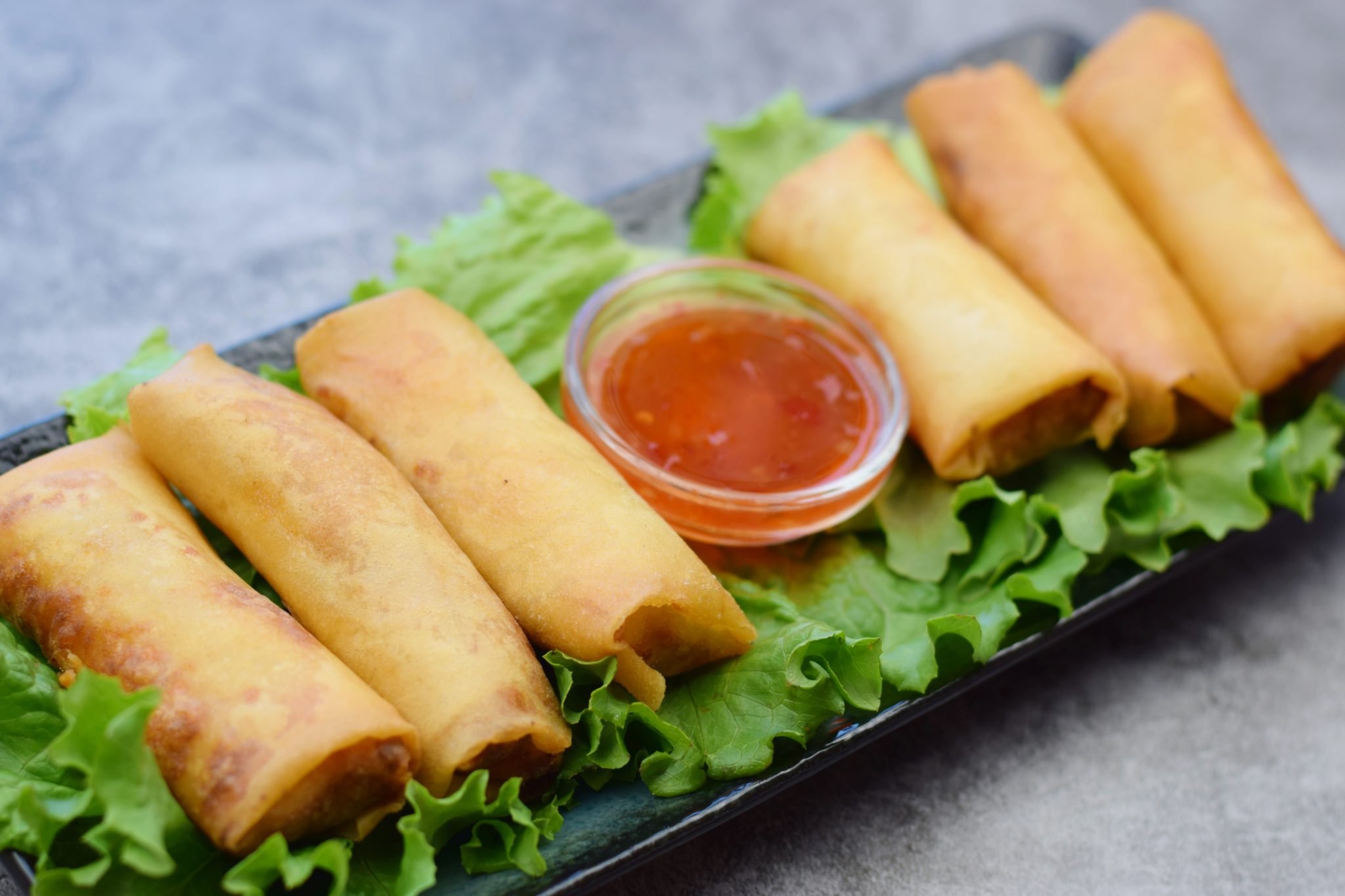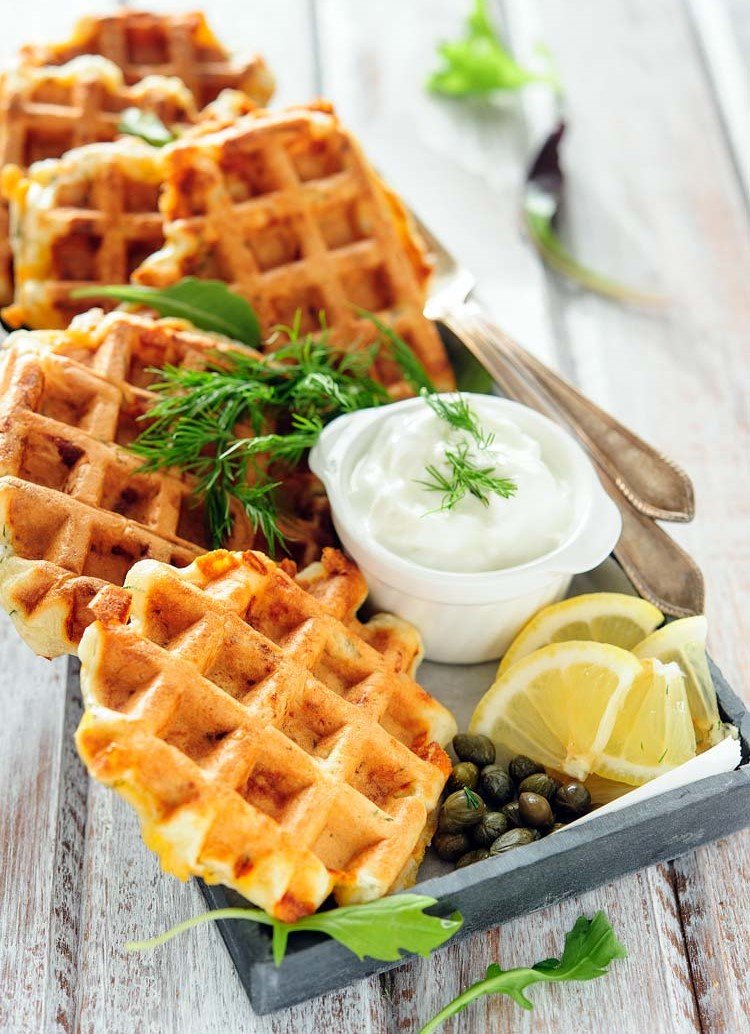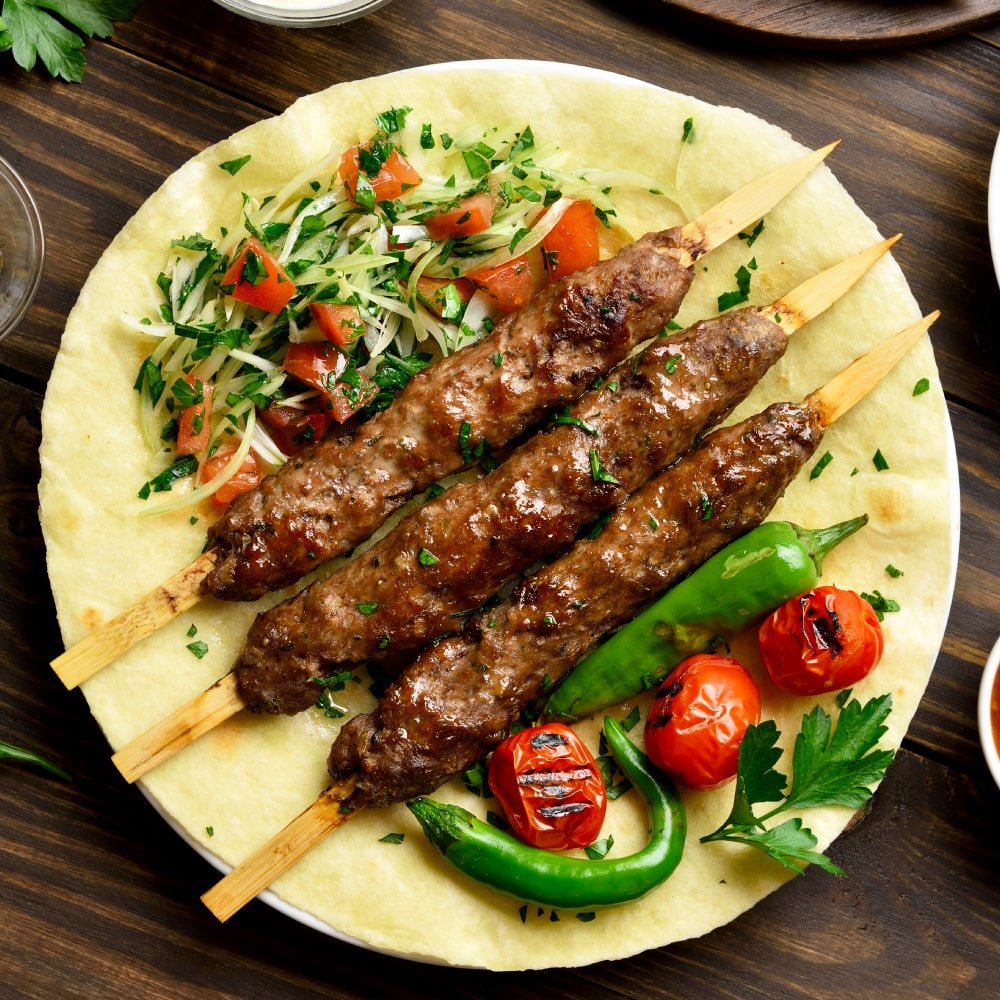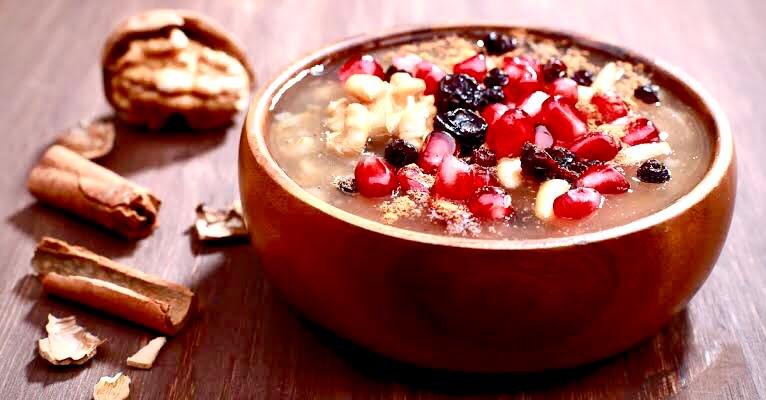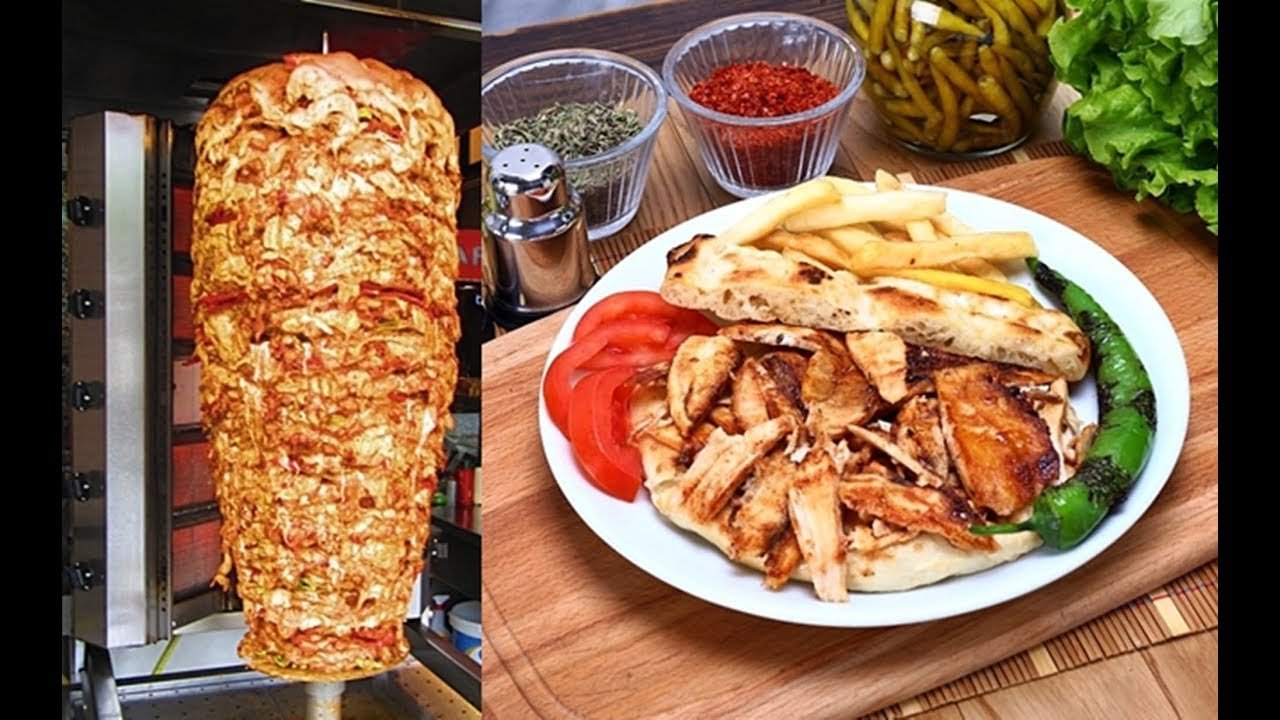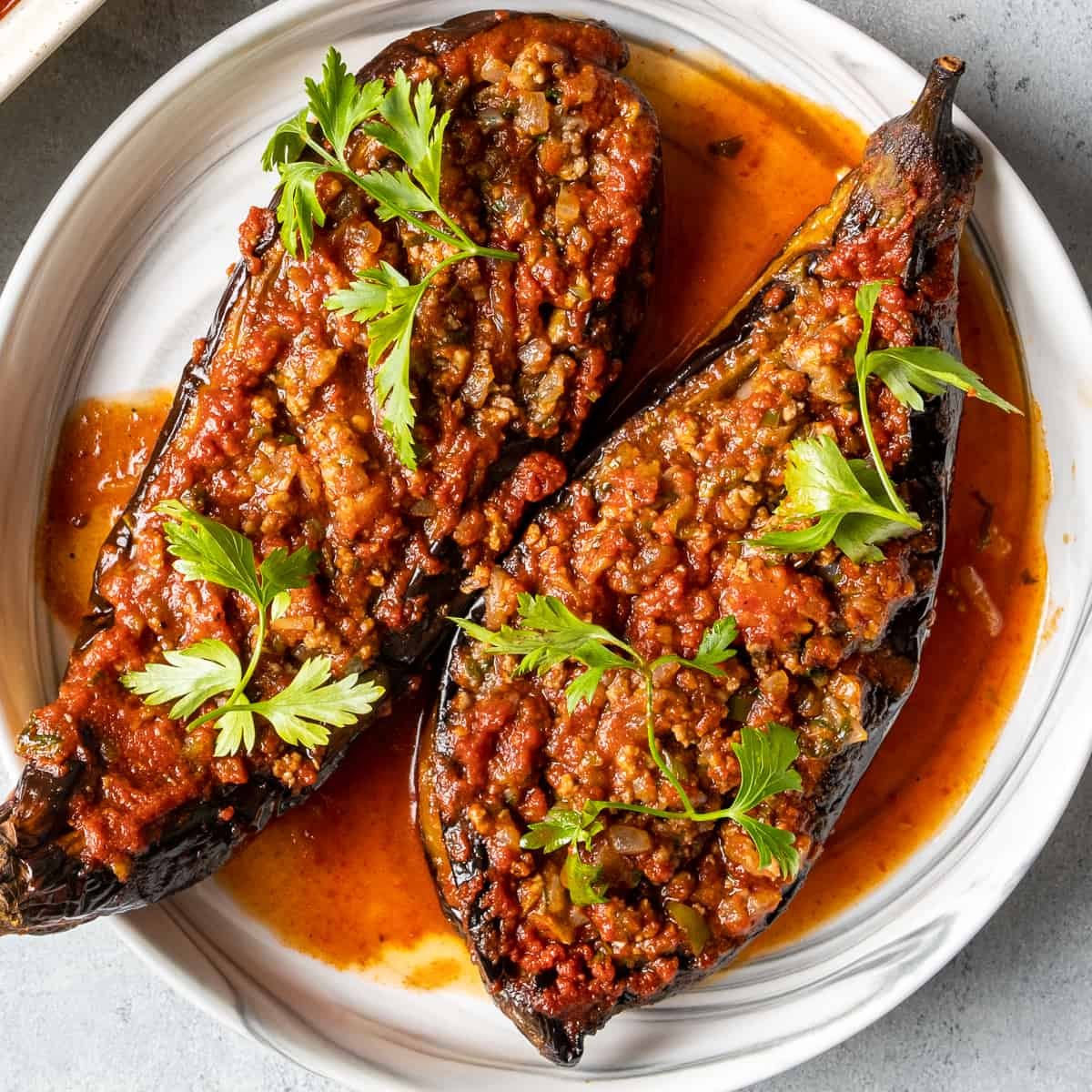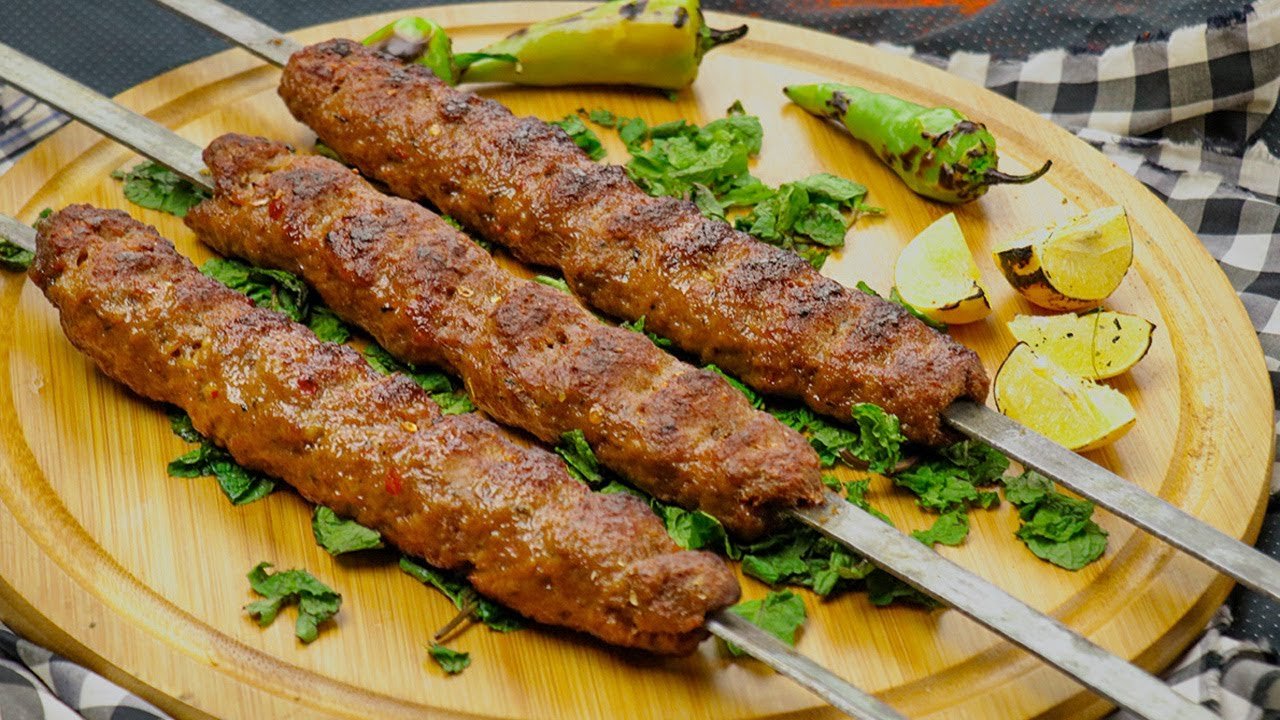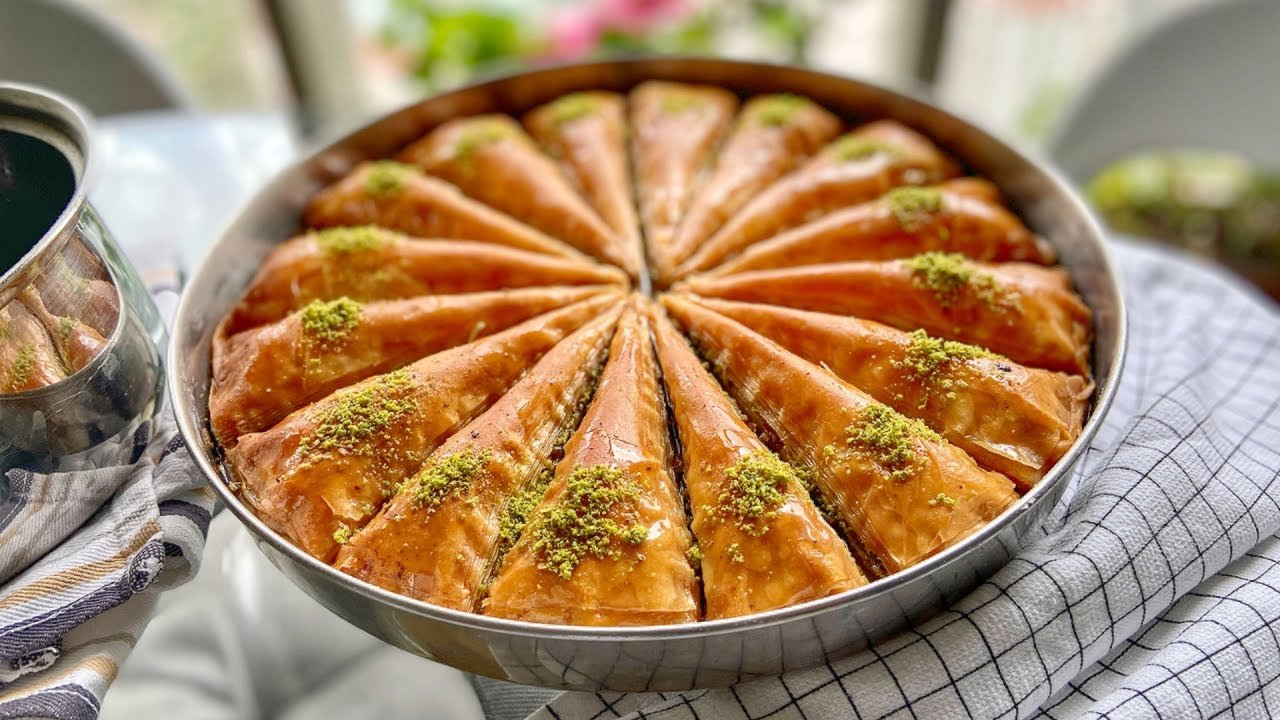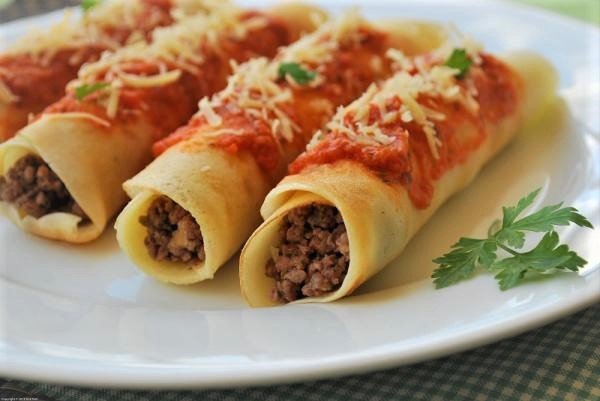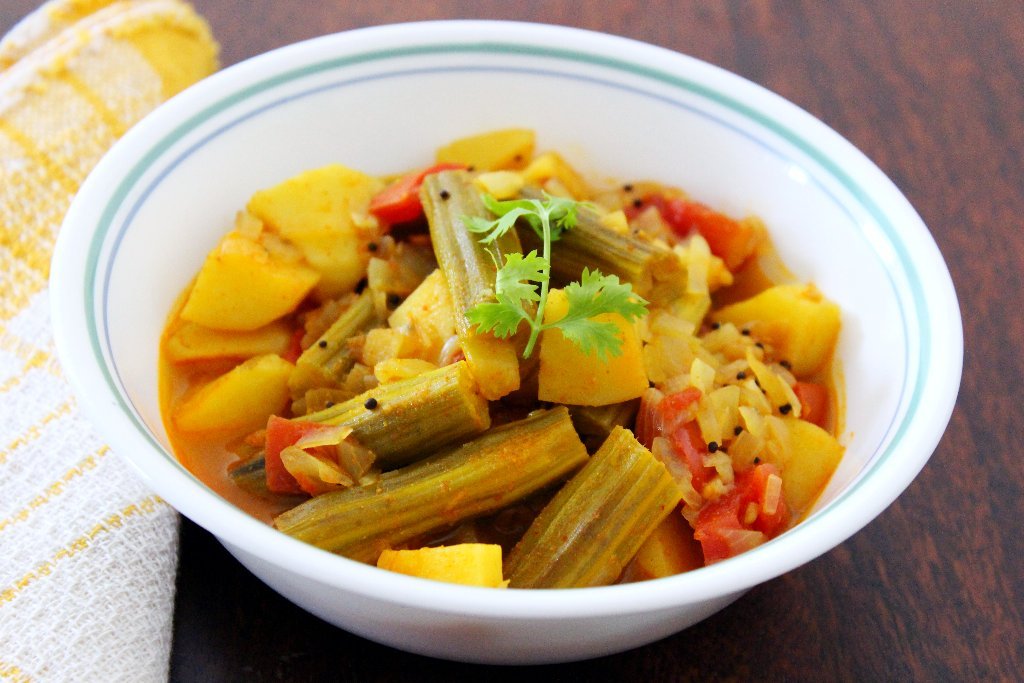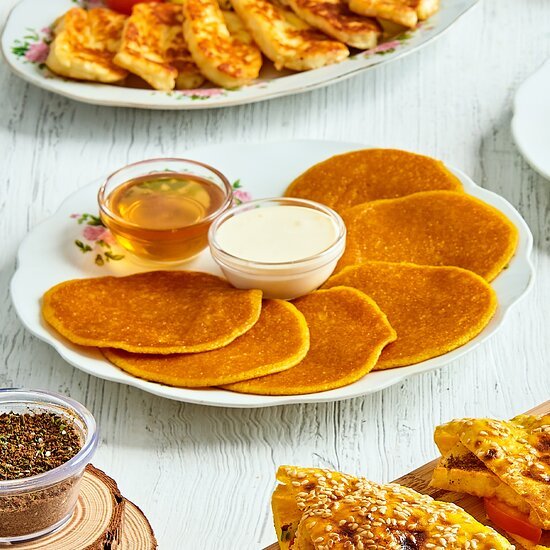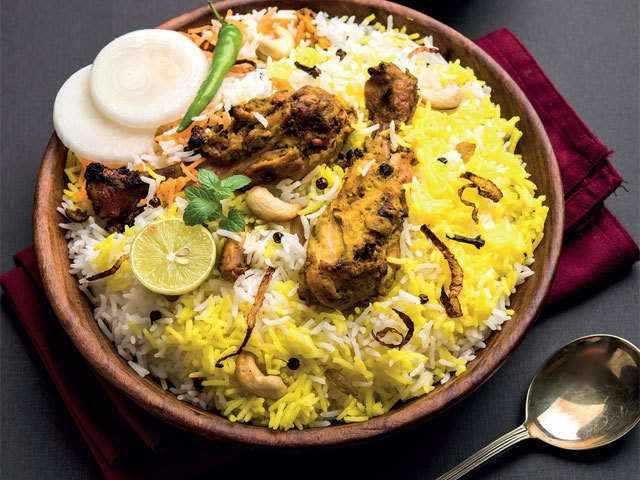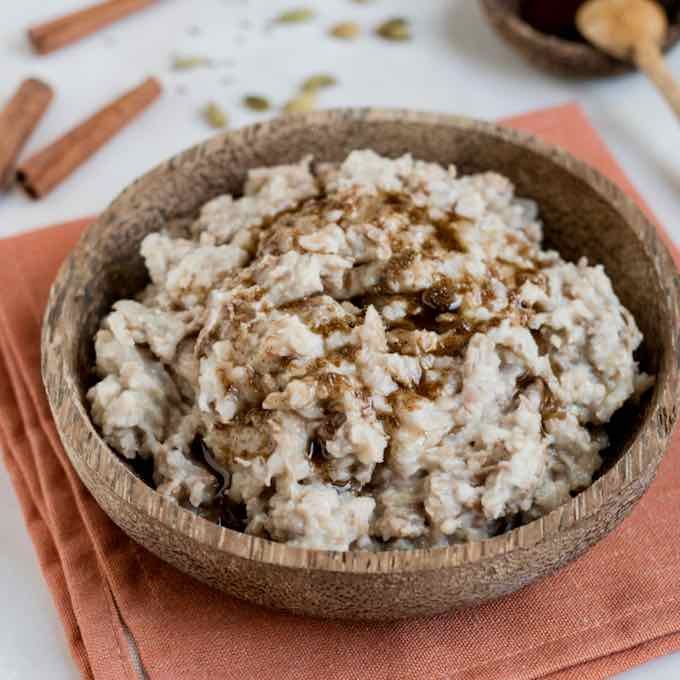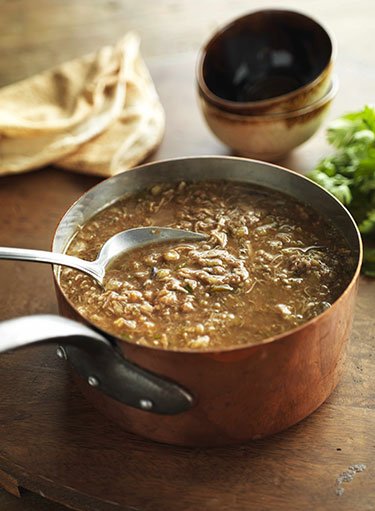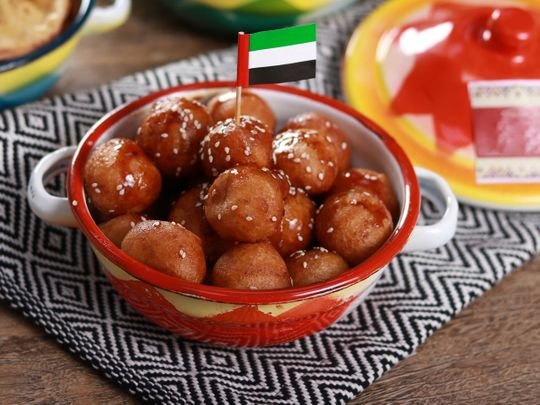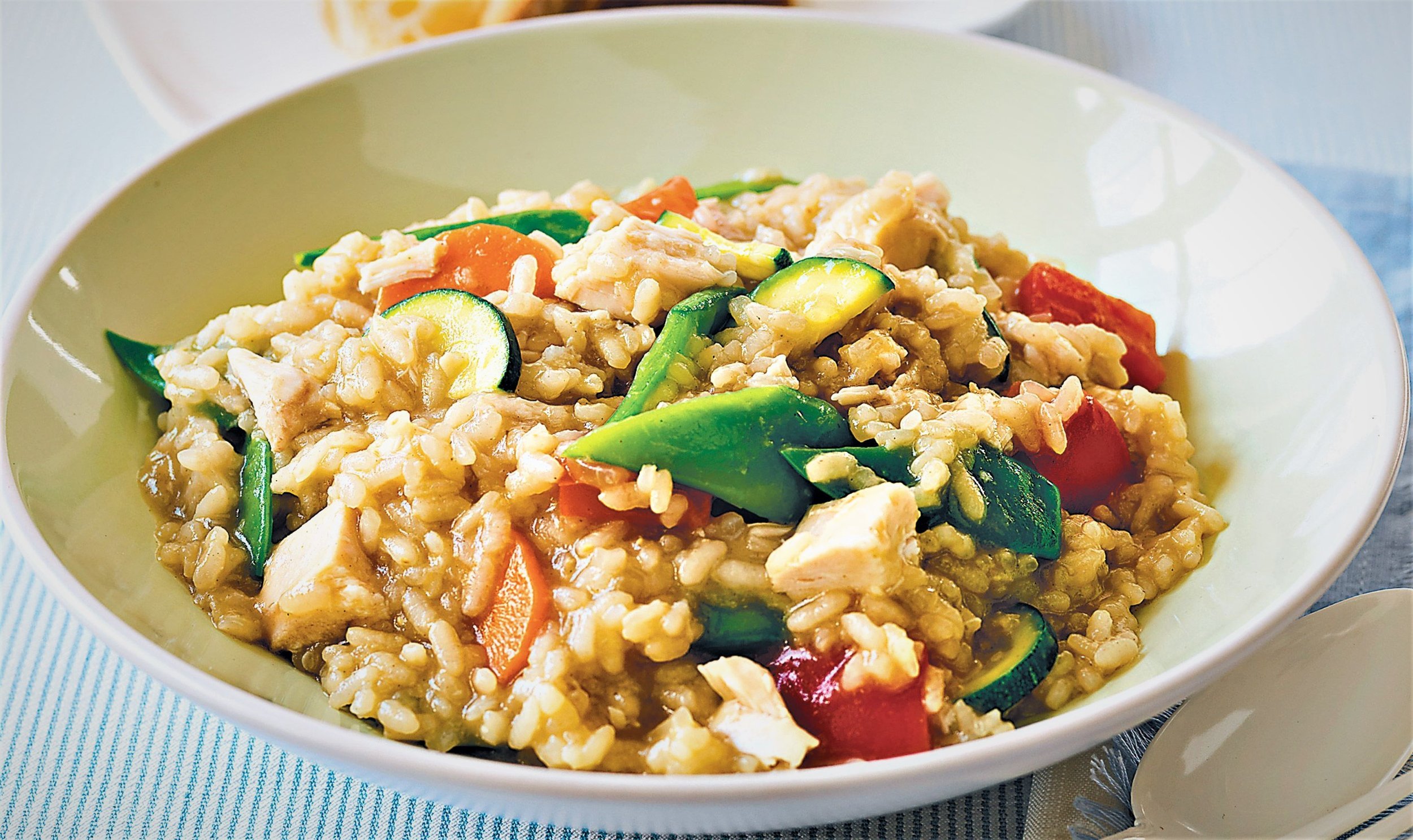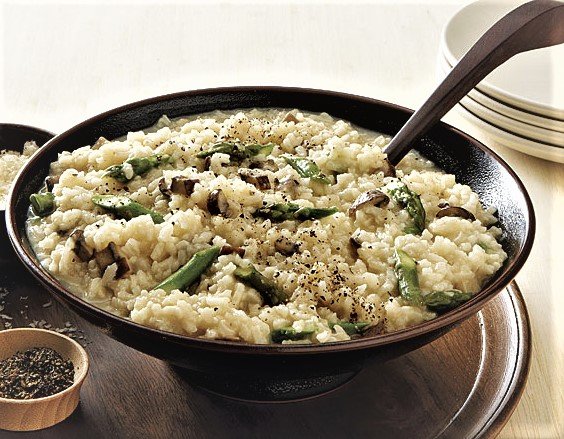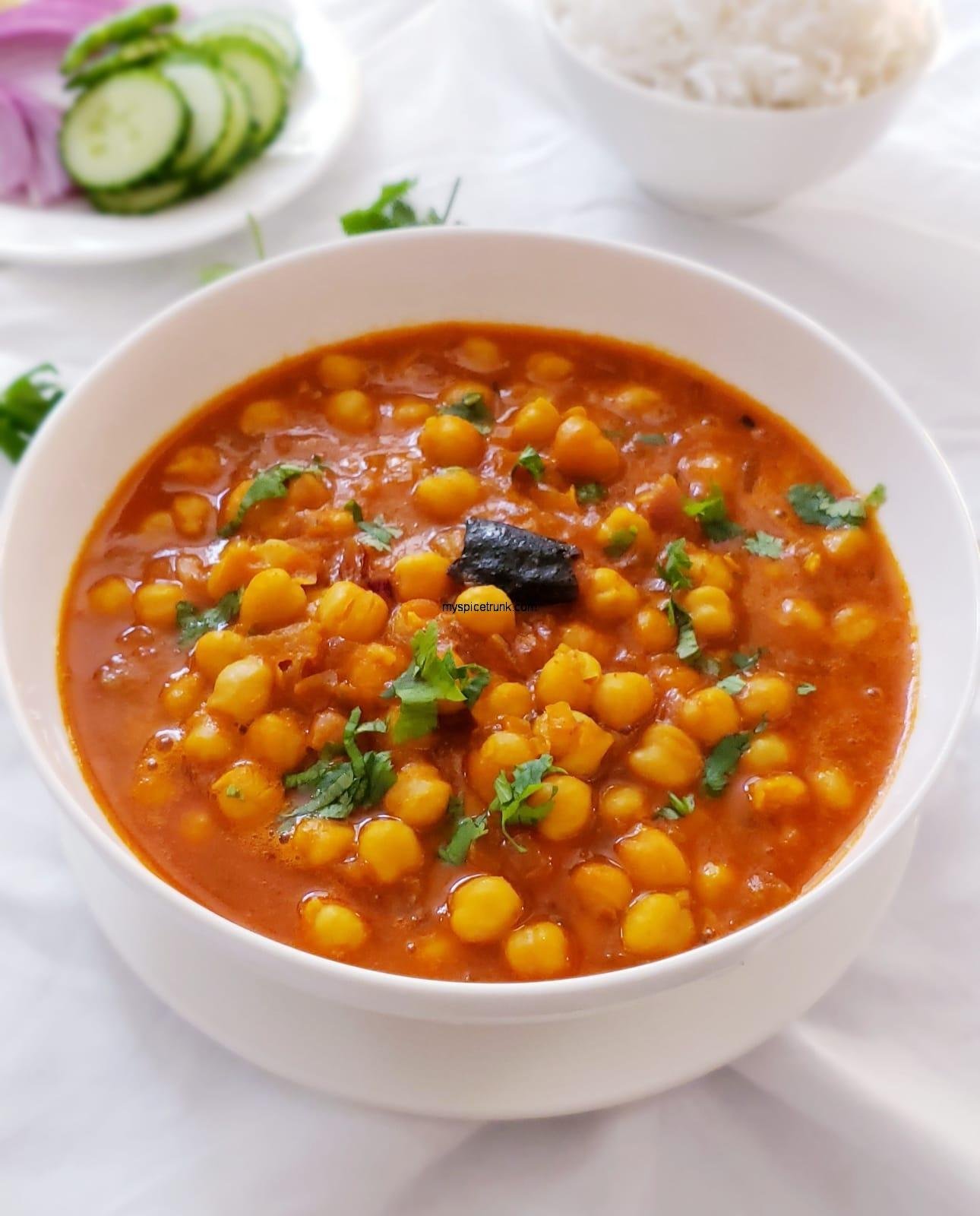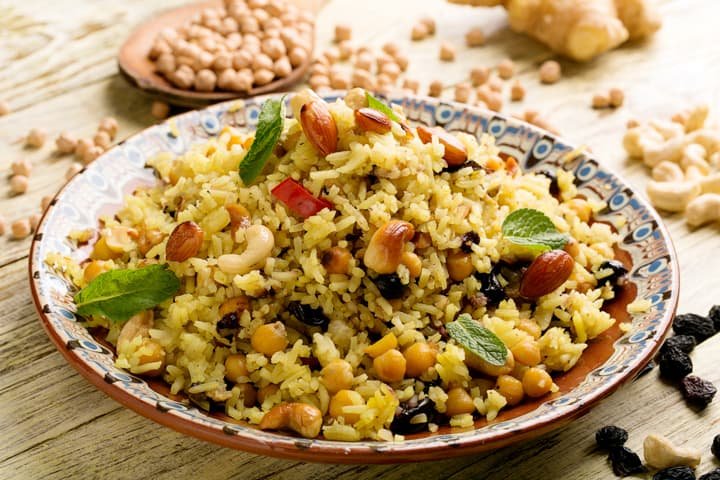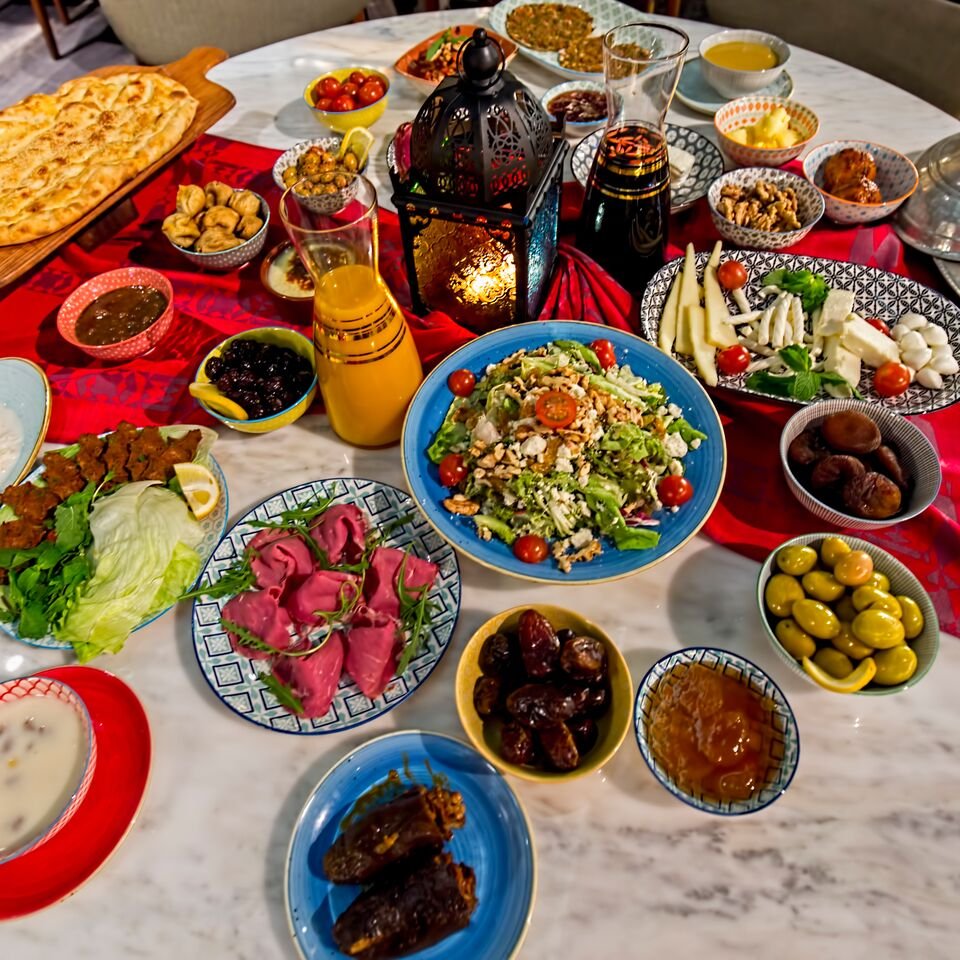Ingredient Ideology | CULINARY DELIGHTS FROM THE PHILIPPINE ISLANDS BY: DR. KAVIRAJ KHIALANI- CELEBRITY MASTER CHEF
/A Versatile- Varied & Wow Cuisine
A Basic Introduction: It is said that around the 16th century, Chinese traders & immigrants landed up in the Philippines not only with their silks and ceramics but also bringing their Cantonese specialties & Chinese cooking traditions like stir-frying and steaming methods of cooking and since then it has been having a very close connection with the influence of its adaptations into Filipino cooking. Besides this it has also been linked to Spanish and a bit of American flavors which have been slowly incorporated and seen this cuisine develop over the years. The Filipinos are very jovial, sociable people who love to enjoy life, party and their food is often at the center of attention at many celebrations & moments to cherish.
My personal connect with this cuisine goes back to the late 1970s when I saw myself living in the Philippines for a few years, also undergoing my schooling years there I recall having eaten this food ever since and the very first thing that comes to my mind is a steamed bun called siopao- a classic vow some Filipino recipe using a fermented steamed bun stuffed with a nice soy based chicken/pork filling served with dipping sauces! Memories take me back to then and learning this cuisine in my home kitchen over the years has been very interesting and dear to my heart, having done a study on this cuisine with over 120 plus recipes altering them to suit our Indian palate in one of authored cookery book collections is just mesmerising and a great guide to those who wish to explore this versatile and tasty cuisine further!
One of the reasons why Filipino Food also called Pinoy Food is so popular the reason being it draws inspiration from several influences and one can definitely taste a blend of Spanish, Chinese, Asian and western influences in a well-designed & crafted to a perfect formula in most of the recipes in this cuisine.
The Basic Filipino Diet:
Philippines comprises of around 7000 islands and with so much water around it is no wonder that abundance of seafood is a main source of protein and their staple diet which is fish and rice. Besides this they also consume pork, mutton, lamb, prawns, chicken, luncheon meat, sausages, ham, bacon, eggs etc. this cuisine is well defined as a balance of salt, sweet, sour flavors in a perfect melange!
They normally have three meals a day including breakfast [almusal or agahan] lunch [tanghalian] and dinner[hapunan]plus an afternoon snack called meryenda.
A traditional breakfast usually includes pandesal these are small bread rolls to go along with the other dishes like eggs, ham, cheese, salami etc.
Leftover Rice is usually tossed with garlic to make a dish called Sinan gag, which is usually served at breakfast with egg preparations and cured meats, cold cuts etc.
Some basic condiments and flavors in this cuisine:
Soy sauce, fish sauce, vinegar, cream style shrimp paste, variety of herbs, garlic, Bayleaf, peppercorns, onions, tomato, cilantro and not to forget the lime called as Kalamansi, these bring out the basic taste in these foods to level next. A variety of dipping sauces go along with the meals as well especially with roast dishes etc.
SEAFOOD: some of the popular varieties include tilapia, catfish also called hito, milk fish also called bangus, grouper fish also called lapu lapu, prawns, mackerels, mussels, large and small crabs, tuna fish- fresh and canned. The most common way of having fish here is to lightly salt it and prepare it pan fried or deep fried and then eaten as a simple meal along with steamed rice and some veggies. Fish is also cooked in a light gravy with tomato or tamarind as well at times prepared with veggies and vinegar. Dried fish is also popular here adding them to egg omelettes as well.
Let’s take a note of a few popular Filipino Favorites:
Lechon- whole roasted pork a speciality during festivities and celebrations.
Tortas- made with pork/chicken mince with egg into mini bites or patties.
Lumpia- these are fresh or fried spring rolls with veg/non-veg fillings with chicken/meat/sprouts/spring onions etc served with dipping sauces.
Pancit- noodles which are basically the rice variety type thin and translucent, cooked with soy, chicken or pork, colorful veggies, and served hot with steamed rice and a dash of tabasco.
Adobo- one of the most popular dish from this cuisine made with chicken or pork braised in garlic, vinegar, oil and soy sauce, well cooked and served on a bed of steamed rice.
Kaldereta- is a popular Filipino meat stew in tomato based gravy with assorted veggies and mildly spiced, served with rice.
Toyo Chicken- a popular chicken recipe in soy based marination with cloves of garlic, joints of curry cuts simmered and thickened up with corn-starch, served with garlic egg fried rice.
Hotcakes: these are also similar to pancakes made with a base of all purpose flour, eggs, vanilla essence, milk, butter and baking powder, allowed to rest for some time, spooned into a pan, cooked both sides, topping of honey and melted butter tastes yum!
Bola Bola- these are basically meat ball concepts which are made using minced pork/mutton/chicken or even fish and seafood, with eggs, cream, bread crumbs for binding they are usually fried and tossed in a sauce and eaten with rice.
Chow Mein- yet another favorite Filipino version influenced from Chinese cooking the Chow Mein uses boiled noodles, lightly pan fried at times and topped with a white color gravy thickened with corn starch with colorful vegetables, boiled shredded or cubes of chicken and spring onion greens enjoyed as a meal in itself.
Kababayan- popularly known as Filipino muffins, small gong shaped baked goodies which is moist in texture enjoyed with tea/coffee.
Leche flan: it is similar to caramel custard made with eggs and milk and is one of the most popular dessert here in the Philippines. It is made very much the same way like the French style of crème caramel, served cold.
Buko pie- is a nice sweet dish made with a filling of young tender coconut flesh and dairy including milk powder, condensed milk etc.
Sinipit- these are sweet pastries covered with a crunchy sugar glaze which looks like a length of rope. We also have churros here from the Spanish influence and served fried with variety of dipping sauces including chocolate.
Buko Salad: is a classic Filipino tropical fruit salad using canned fruit cocktail, cherries, pineapple dressed up in an immensely sweet condensed milk-based coconut cream and tender coconut shreds as a part of this served chilled.
Here are a few popular Filipino recipes worth trying in our kitchens and enjoying their aromas and flavors:
Recipe-1] Chicken Adobo with Rice
Ingredients:
Chicken legs/thighs/drumsticks- 500gms, cut into medium pieces.
For the marination:
Garlic cloves- 4-5 minced
Soy sauce- 2-3 tbsp.
White vinegar- 2 tbsp.
Bay leaves- 2-3 nos.
Peppercorns- 10-12nos.
For Cooking:
Oil- 1 tbsp.+ 1 tbsp.
Garlic minced- 2 tsp.
Onion- 1 medium sized chopped
Water/stock- 500- 700ml
Sugar/brown sugar-1 tsp
Black pepper powder-1/2tsp
Method:
1. Marinate chicken for around 30 mins.
2. Heat oil in a pan, add in the chicken pieces and place in the pan, fry them both sides until lightly browned, remove and keep aside.
3.Heat some more oil in the same pan, add garlic and onions, saute for a minute add in the marination, water, sugar, pepper and water or stock. Bring to a boil, simmer add in the chicken pieces let them cook well around 20 mins.
4. The sauce needs to reduce to a semi-thick texture while the chicken is cooking, add a little corn-starch if desired to thicken up and serve this on a bed of white rice or stir fried rice, serve hot.
Recipe-2] Filipino Pancit Noodles
Ingredients
Pancit noodles/rice/glass noodles- 1 packet
Oil- 2 tbsp.
Garlic cloves- 8-10 no.
Sliced spring onions- 3-4 no.
Shredded carrots- ½ cup
Shredded capsicum- 1 no
Shredded cabbage- ½ cup
Sliced French beans- 8-10 no.
Salt and pepper to taste
Hot water/stock- 500ml
Soy sauce- 2-3 tbsp.
White vinegar- 1 tbsp.
Lime juice- 2 tbsp.
Tabasco sauce- 1 tsp or as desired.
Spring onion greens- ¼ cup garnish.
For Non-Veg- add cooked chicken/roast meat/pork chops etc.
Method:
1. Prepare all the ingredients for the Pancit noodles.
2. Heat oil in a pan, add in the sliced or whole peeled cloves of garlic, add in the onions saute for 1 min.
3. Add in the vegetables and saute salt, pepper, and the cut glass noodles, mix well, add in hot water or stock and little soy sauce and allow to simmer, cover and cook on a low flame for 10-12 mins, stir and check for moisture.
4. Add in the vinegar, lime, greens, non-veg etc towards the end once the noodles are cooked. Serve hot.
Recipe-3] Lumpia- Filipino style spring rolls
Ingredients
Spring roll wrappers- 10-12 nos.
For the filling:
Authentically they use pork mince with soy, egg, cabbage and seasonings, ginger, garlic. Here we are using chicken mince.
Oil- 1 tbsp.
Garlic- 1 tsp chopped
Onion- 1 small chopped
Chicken mince- 1 cup
Salt and pepper to taste
Spring onion greens- 2 tbsp. chop
Soy sauce- 1 tbsp.
Ginger- 1 tsp chopped
Vinegar- 1 tsp
Boiled mashed potato if desired for binding the mince- ¼ cup
Shredded white cabbage-1/4 cup- optional
Scrambled eggs-2 no. optional.
Oil to deep fry
Dipping Sauces- soy, chili vinegar, tomato sauce, sweet chili dip.
Method:
1. Heat oil in a pan, add in the ginger, garlic, onions and saute for a minute, add in the chicken mince, salt, pepper saute on a medium flame for 2 mins.
2. Add a little water or stock and allow the mince to cook on a low flame for 12-15 mins, dry up the water content, add in the soy, vinegar, greens, potato, cabbage/egg if desired mix well turn off the flame allow the filling to cool down.
3. Arrange the wrappers on a work table, portion the filling evenly on all the wrappers, apply little maida-water paste on the edges and roll it up like a spring roll concept ensure the sides are well secured.
4. Heat oil for deep frying and fry the lumpia until golden browned on all sides, remove on a kitchen paper, and then arrange on a serving platter with dips and serve hot as a starter.
Recipe- 4] Filipino Sweet-N-Sour Fish
Ingredients
Boneless round fleshy fish of your choice- 500 gms cut into medium sized cubes.
For the Marination of the Fish:
Oil- 1 tbsp.
Chopped garlic- 1 tsp or garlic paste
Salt and pepper to taste
White wine- 2 tbsp. optional
White vinegar- 1 tsp
Sugar-1/2 tsp
Soy sauce- 1 tbsp.
Lime juice- 2 tbsp.
Add egg- 1 no + maida + cornflour as needed into the marinated fish and drop it in hot oil and deep fry until light golden remove and keep aside.
For the Sweet- N-Sour Sauce mix:
Water or stock- 2 cups
White vinegar- 1 tbsp.
Tomato ketchup- 2-3 tbsp.
Honey- 1 tbsp.
Sugar-1 tsp
Salt and pepper to taste
Corn-flour and water to thicken the sauce- 2-3 tbsp.
To cook the sauce:
Oil- 1 tbsp.
Garlic-1 tsp chopped
Celery- 1 tbsp. chopped
Onion- 1 small cubes
Capsicums- 1 small cubes
Pineapple cubes- ½ cup-fresh or tinned.
Salt and pepper to taste
Method:
1. Prepare the fish, fry and keep aside.
2. Prepare the sauce mix in a bowl and keep ready
3. Heat oil and saute the ingredients for a minute add in the sauce mix and bring to a boil, simmer for 2-3 mins and once the gravy starts getting thick add in the fried fish cubes into the sauce and cook for a minute, add pineapple cubes if desired and serve hot garnish with spring onion greens, serve with steamed white rice.
Recipe-5] Filipino Chicken Salad
Ingredients
For the base of the salad- iceberg lettuce- 1 small bunch
For the body of the salad- boiled chicken cubes- 1 cup
Hard boiled eggs- 2 no cubes
Pineapple- ½ cup cubes
Boiled potato-1 no cubes
Boiled macaroni- ½ cup
Salt and pepper to taste
Lime juice-1 tsp
For the dressing of the salad- mayonnaise sauce
For the garnish of the salad- parsley/cherry tomatoes.
Method:
1. Prepare all the parts of the salad.
2. In a mixing bowl combine together the body and dressing and mix well.
3. Prepare the base of the salad on a serving plate or bowl.
4. Portion the salad, garnish and serve chilled, add a dash of tabasco sauce before eating it.
Recipe- 6] Buko Salad – Filipino Coconut- Fruit Salad
Ingredients:
Fresh coconut flesh- ¼ cup shredded
Coconut cream- ½ cup or sweet cream-1/2 cup
Condensed milk- ½ cup
Litchi crush- 2 tbsp. optional.
Assorted fruit cocktail tin- 1 cup tinned fruits
Fresh tropical/citrus fruits- strawberry/kiwi/lychees- ½ cup
Cherries- ½ cup
Pineapple cubes- ½ cup
Pomegranate/cherries/mint for garnish
Method:
1. Prepare all the ingredients for the coconut fruit salad.
2. In a mixing bowl combine together the ingredients for the dressing of the salad, mix well and add in the tinned and fresh fruits, mix and chill.
3. Serve the chilled salad on a bed of crushed ice in a coconut shell and garnish as desired.
On a Concluding Note: Filipino Cooking is one which anyone of us can easily try and indulge into and the results are bound to be positive for the simple fact that a little bit of awareness, ease of preparation, and sharing of concepts and information can go a long way making this food well accepted by us. An attempt to impart the outline and basic structure of this cuisine can help many students of culinary arts & foodies to add this to their favorite lists and it gives me a sense of contentment doing this little bit from my end!
Happy Cooking!




